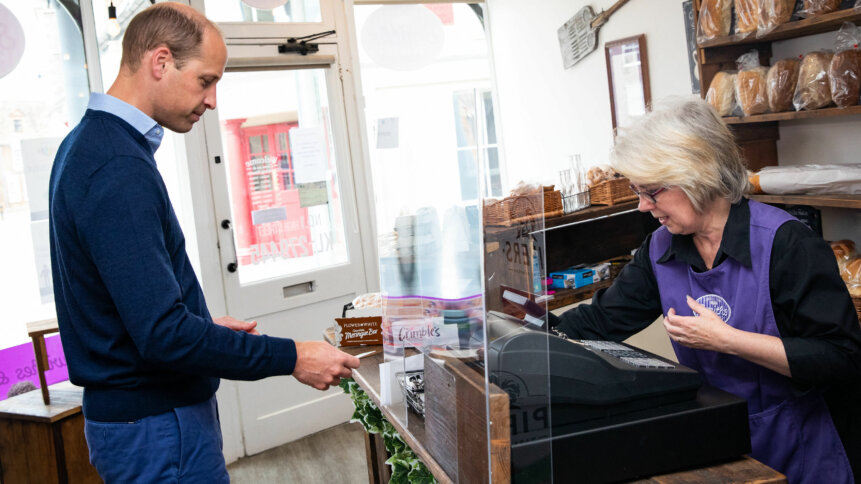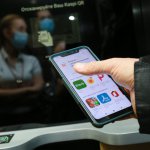No cash, no problem – for the first time, consumers prefer contactless payments

The pandemic brought countless businesses to a standstill, but a silver lining was aggressive on-ramping of innovations that would yield returns for years to come. Among them was the forced acceleration of contactless payments as a means to purchase items safely, while minimizing adoption pain points.
As the infection-by-contact threat of COVID-19 illustrated, it is fortunate that technology has progressed to the stage that contactless payments is now an option for widescale adoption. With revenue and earnings the beating heart of most companies, it is likely that contactless payments will not only become normalized, but even become preferred over cash and checks.
This is because once they have experienced the convenience, customers will continue to demand the flexibility and range of payment choices the next time they need to complete a transaction. While Europe has been at the forefront of many advancements, new payment technologies had been sluggish to replace traditional cash and credit.
But these changes are likely here to stay, and likely for the best as it appears in Belgium, for example, where contactless payments made by card have exceeded traditional payments for the first time ever. The Bancontact Payconiq Company reported that over half of Bancontact payments in brick-and-mortar shops were made using contactless means by tapping their card using NFC tech.
A majority of Bancontact cards are now activated in Belgium, with 86% already equipped for contactless transactions. The Company attributes the health crisis with raising awareness of more hygienic processes, including paying for purchases.
The contact-free payment option was used around 125 million times this year, an increase of 69% over the previous year. In the first eight months of 2021, people paying in Belgium had already utilized contactless payments via a smartphone as many times as the entirely of 2020. “In the ‘coronavirus year’ of 2020, the smartphone was already well established as a means of payment, but this year the figures are even stronger,” the company said.
Around 18 million smartphone payments were made in the month of August, while using contactless options like the Payconiq by Bancontact mobile app or another integrated mobile payment banking app occurred about a million times – 3x above pre-pandemic standards.
The take-up of smartphone and other contactless payment methods reflects a maturing of e-payment options in an EU nation, with the trend likely reflective of other neighboring countries as well – many of which have seen increased contactless and online shopping adoption over the past year and a half.
This switch in consumer behavior was reflected in a survey by the Vrije Universiteit Brussel (VUB), that even indicated a healthy surge in contactless payments adoption by the 65-74 age group, traditionally the slowest group to accept new innovations.
Yet the VUB survey highlighted that an unexpected 76% of this age group made at least one contactless payment in 2020, a far cry from the 36% who did so in 2019.










